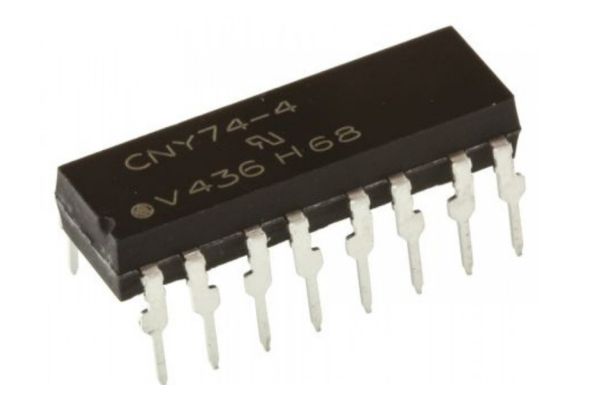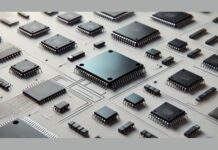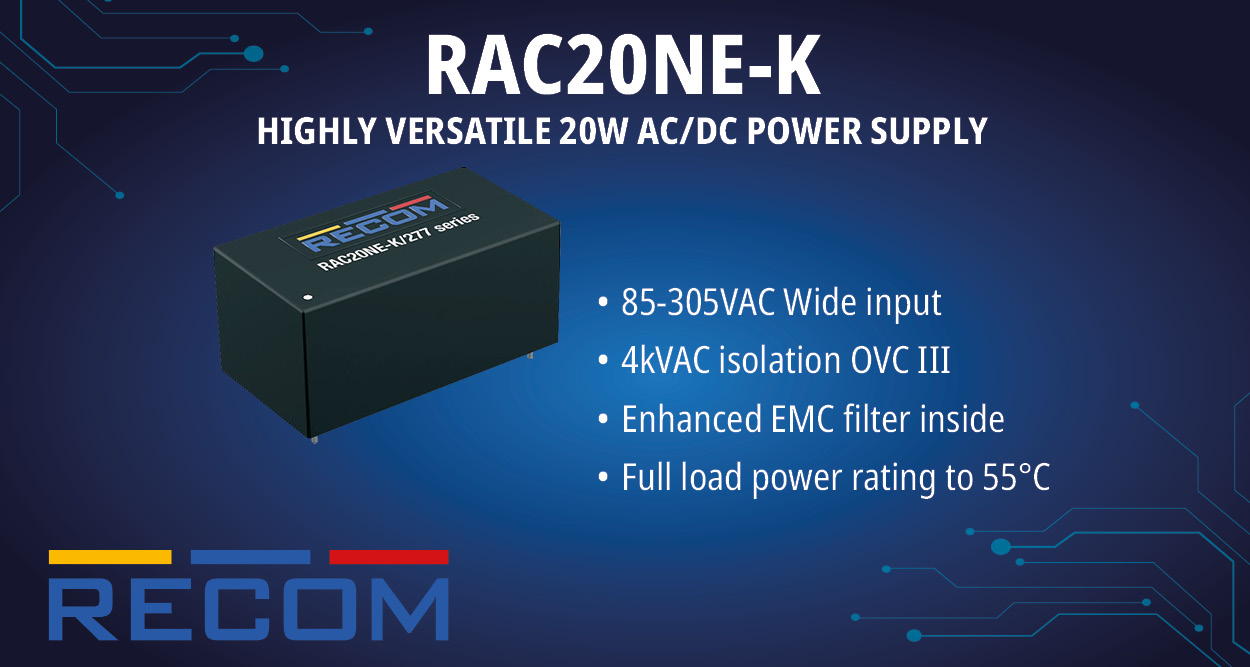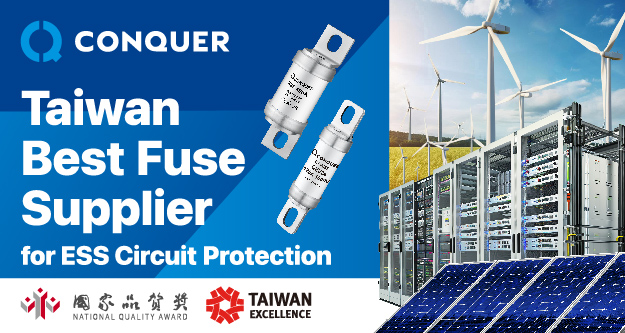Optocoupler ICs, also called opto-isolators, are semiconductor devices that use light to transmit electrical signals. This design provides crucial electrical isolation, safeguarding delicate microcontrollers and processors from dangerous voltage spikes and surges. Due to this protective feature, optocouplers are essential components in numerous electronic circuits, ensuring safe interaction between high-voltage and low-voltage parts.
In the electronics industry, optocouplers are vital for achieving galvanic isolation. This isolation is key to stopping ground loops, which are common problems in complicated systems such as computer power supplies, telecom gear, and sophisticated instruments. Ground loops happen when voltage differences arise between points that should have the same electrical potential, leading to interference and signal problems. By using optocouplers, a fully isolated feedback loop is created. This guarantees that data transmission and power delivery are stable and clean. This isolation keeps signal pathways clear, even when surrounded by numerous electronic devices, and it lowers the chance of crosstalk and electromagnetic interference that could harm how well the system works.
Factors to Consider in Optocoupler Selection
- Electrical characteristics and their impact
Choosing the right optocoupler requires understanding its major electrical characteristics. The forward current and reverse voltage are essential parameters.
- Current Transfer Ratio (CTR) in Performance
The CTR tells us how well the optocoupler moves current from its LED to its phototransistor. A higher CTR value signals a more efficient transfer. By understanding and carefully looking at the CTR, engineers can choose the right optocoupler for their specific application needs, ensuring accuracy and dependability. This analysis also helps predict how the optocoupler will perform in actual use, allowing designers to make smart choices that improve the system’s strength and overall capability.
Market Growth: Key Drivers
According to Consegic Business Intelligence, the Optocoupler IC Market is estimated to reach over USD 4,454.47 Million by 2032 from a value of USD 2,793.71 Million in 2024 and is projected to grow by USD 2,972.53 Million in 2025, growing at a CAGR of 6.4% from 2025 to 2032.
1. Advancements in consumer electronics industry
The consumer electronics sector is witnessing significant advancements, leading to increased utilization of optocouplers. Modern electronic devices demand high-speed data transfer, compact size, and energy efficiency. Optocouplers meet these requirements by offering reliable isolation and high-speed data transmission capabilities. Additionally, the growing trend of miniaturization in electronic devices necessitates components that can operate efficiently in compact spaces, making optocouplers an ideal choice. Innovations in smart devices, wearable technology, and home automation systems further fuel the demand for high-speed optocouplers.
2. Expansion of 5G networks
As telecommunication companies worldwide deploy 5G infrastructure, the need for high-speed, reliable communication components like optocouplers is expected to surge. Optocouplers play a crucial role in ensuring signal integrity and reducing interference in high-speed communication systems, making them crucial in the evolving telecommunication landscape. The continuous advancements in communication technologies and the increasing demand for high-speed internet services create substantial growth opportunities for the optocoupler market.
Innovation Trends in Optocoupler IC Market
Key areas of advancement include:
1. Increasing Automation and Smart Technologies
The rising adoption of automation across industries, including manufacturing, logistics, and energy, is a significant driver for optocoupler IC demand. They provide essential electrical isolation for reliable communication in automated systems.
2. Growth in Electric Vehicles (EVs)
The automotive industry’s emphasis on electric and hybrid vehicles has further boosted the demand for optocouplers. These components play a vital role in electric vehicle (EV) charging systems, battery management systems, and powertrain controls, where they help isolate high-voltage circuits from low-voltage electronics, enhancing overall system integrity and safety.
3. Focus on Energy Efficiency
The global emphasis on energy-efficient solutions and green technologies drives the adoption of optocouplers in renewable systems and electric vehicles for efficient power management.
Applications of Optocoupler ICs
1. Power Supply Regulation
Optocouplers are used in power supplies to enable feedback mechanisms between the output and control sides, ensuring stable voltage regulation.
2. Microprocessor/Microcontroller Input/Output (I/O) Isolation
Optocouplers are extensively used in the feedback loop of switching power supplies found in laptops, smartphones, TVs, and other devices. They isolate the high-voltage primary side from the low-voltage secondary side while transmitting feedback signals to regulate the output voltage and current. This ensures stable and safe power delivery to the connected device.
3. Motor Control in Home Appliances
Appliances such as dishwashers, washing machines, and vacuum cleaners utilize motors. Optocouplers provide isolation between the low-voltage control signals from the microcontroller and higher-voltage, potentially noisy motor drive circuits, while ensuring reliable motor operation and protecting the control electronics.
Conclusion
Optocoupler ICs are vital components in a wide array of consumer electronics. Their ability to provide electrical isolation ensures safety, improves signal integrity by reducing noise and preventing ground loops, while allowing reliable interfacing between circuits operating at different voltage levels. As consumer electronics become increasingly sophisticated and interconnected, the importance and demand for optocoupler ICs will continue to grow.
















